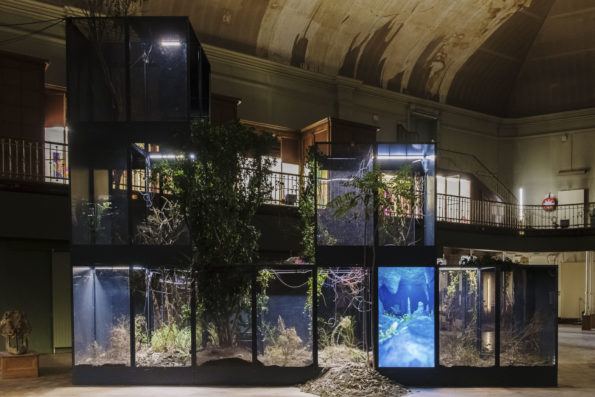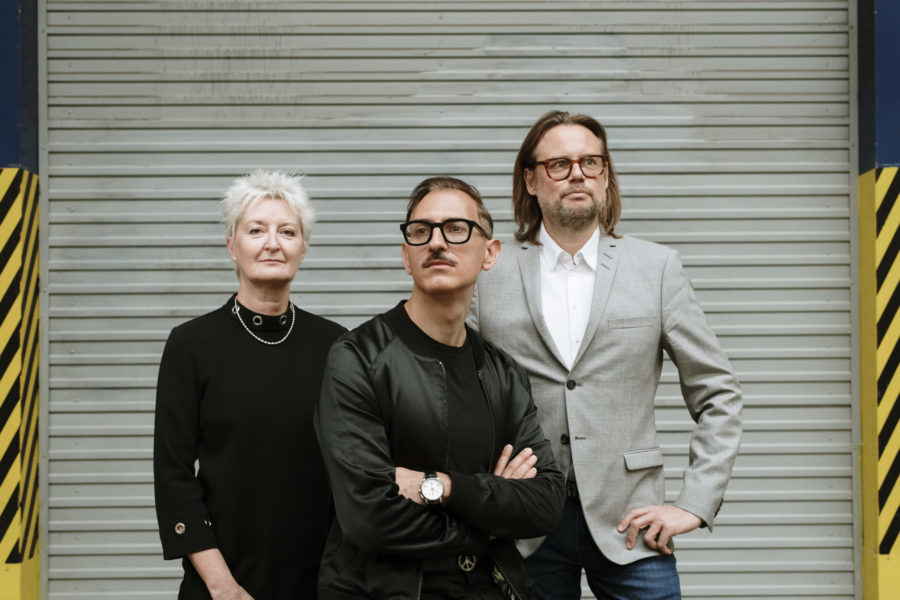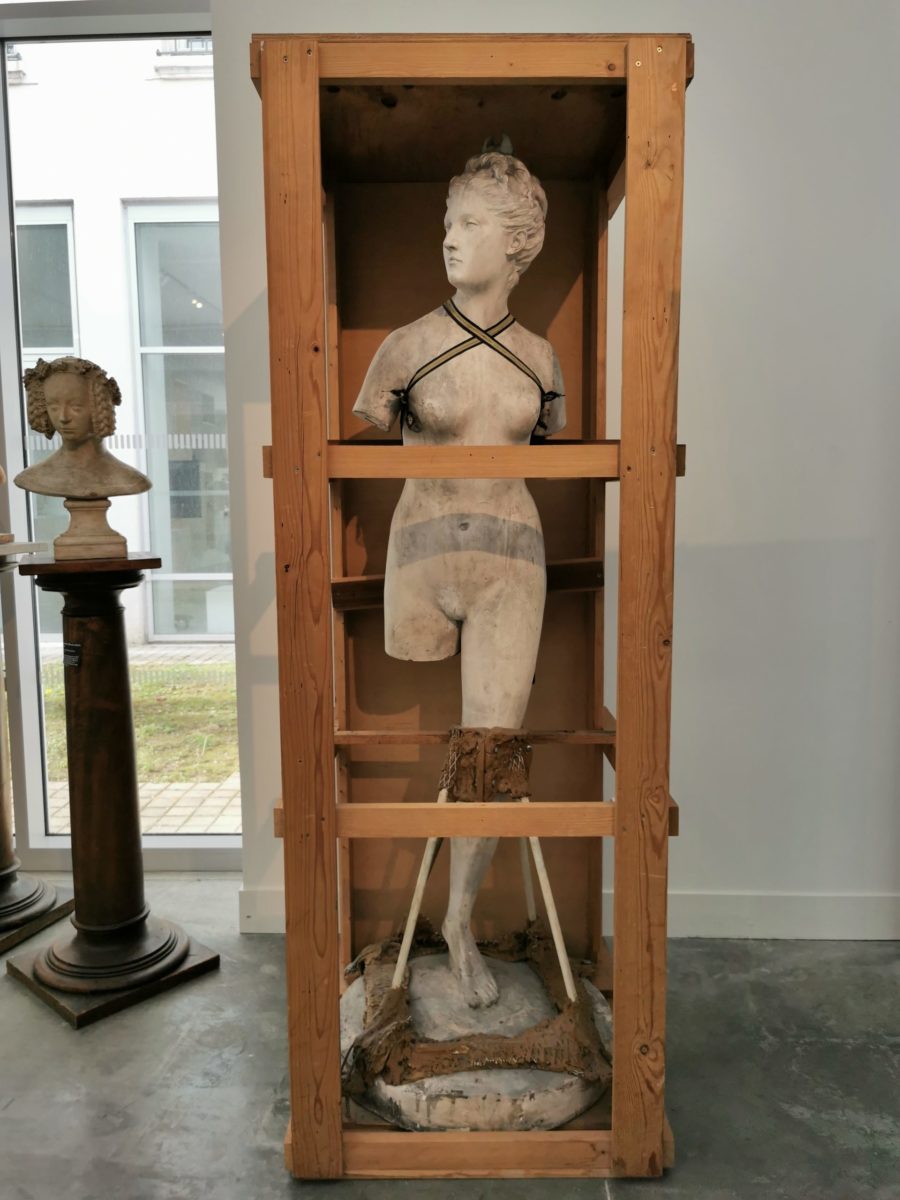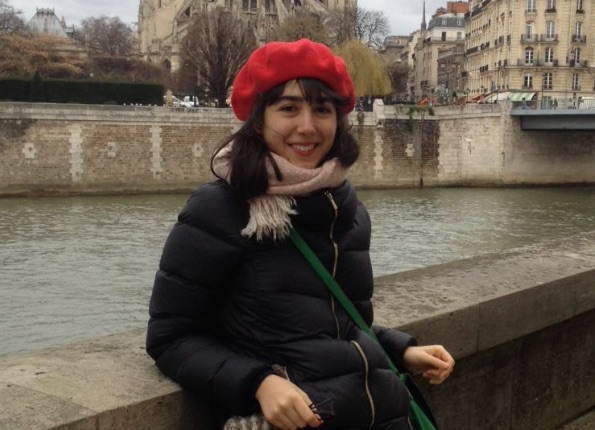Search
To search for an exact match, type the word or phrase you want in quotation marks.
A*DESK has been offering since 2002 contents about criticism and contemporary art. A*DESK has become consolidated thanks to all those who have believed in the project, all those who have followed us, debating, participating and collaborating. Many people have collaborated with A*DESK, and continue to do so. Their efforts, knowledge and belief in the project are what make it grow internationally. At A*DESK we have also generated work for over one hundred professionals in culture, from small collaborations with reviews and classes, to more prolonged and intense collaborations.
At A*DESK we believe in the need for free and universal access to culture and knowledge. We want to carry on being independent, remaining open to more ideas and opinions. If you believe in A*DESK, we need your backing to be able to continue. You can now participate in the project by supporting it. You can choose how much you want to contribute to the project.
You can decide how much you want to bring to the project.

With one of the curators from Beirut, a large percentage of the artists from Syria, Egypt and Palestine, and a third of the exhibitions dedicated to modern Lebanese art, everything would indicate that this is one of the many yearly art fairs in the Middle East. In fact, though, this is the 16th Lyon Biennale, which focuses a large part of its programming on the artistic creation from North Africa and the Middle East. The starting point, the connection between Beirut and Lyon, is a common, flourishing history of commerce.
Curators Sam Bardaouil and Till Fellrath, who operate under the name of artReoriented, are now quite popular on the international art scene, also present at the current Venice Biennale (curators of the French pavilion), the Hamburger Bahnhof (directors of the Berlin museum) and the Gropius Bau in Berlin (associate curators). In Spain we have seen their work at the Reina Sofía in Madrid with the exhibition Art et Liberté: Rupture, War and Surrealism in Egypt (1938-1948). The secret to their success? They make well-documented exhibitions on new subjects, constantly travel to get to know contemporary artwork first-hand and, no less important in the world of the cultural industry, they are good communicators. Bardaouil, the Lebanese part of the duo, is charming and intimate, and quickly seduces with his touching talk about the equality of all (from the better off to the poorest) when confronted by death, and he gets emotional when remembering the difficult situation his country is going through.

Curators Sam Bardaouil and Till Fellrath and artistic director Isabelle Bertolotti © Blandine Soulage
This year’s proposal, manifesto of fragility, is in line with many of the artistic manifestations after the pandemic. Starting from the vulnerability of the human condition, it reclaims the positive aspects of the concept of “fragility” in order to exploit the possibilities of transformation and resistance, of “resilience” (a word that is quite fashionable). Spread out over several locations, the Lyon Biennale is divided into three exhibitions: Les nombreuses vies et morts de Louise Brunet, Beyrouth et les Golden Sixties and Un monde d’une promesse infinie. The first focuses on a character rescued from the archives, Louise Brunet, a 19th century French spinner who made her precariousness the reason for her insurrection. Louise serves as a common thread to confront classic and current works that coincide in their rethinking of meta-narratives and their vindication of small histories. The second exhibition investigates Lebanese artistic production from the 1950s to the 70s, politically and economically difficult but culturally quite brilliant. Although slightly adapted for the occasion, it is a repetition of the recent show at the Gropius Bau in Berlin (with so many commissions, they of course have to recycle at times). While the first two exhibitions are only shown at the macLYON museum of contemporary art, directed by Isabelle Bertolotti (who is also artistic director of the Biennale), the third, the largest, is the only one present in all venues. Of all of the venues, the old Fagor factory is the main site and the most contemporary proposal, where the work of Lucia Tallová, Pedro Gómez-Egaña, Taryn Simon, Julio Anaya Cabanding and Eva Fábregas (the only two Spanish representatives, together with Mar Reykjavik) is featured.

Diane chasseresse d’après Jean-Antoine Houdon, from Musée des Moulages- Université Lumière Lyon 2. Exhibition Les nombreuses vies et morts by Louise Brunet, macLYON
Both the art work and the choice of venues make this Lyon Biennale one of the most stimulating and convincing of recent editions. The integration in the local artistic and museum context, although already formulated in previous years, is more successful this time. Apart from those mentioned, two venues in particular stand out. The Musée Guimet, a former natural history museum abandoned 15 years ago, dazzles with its decadent decoration of half-disassembled display cases and dioramas and the integration of site-specific pieces such as those by Ugo Schiavi and videos by Nadine Labaki & Khaled Mouzanar. For its part, the Lugdunum museum creates a dialogue between its collection of Roman art, the impressive underground concrete architecture of Bernard Zehrfuss and the work of Chafa Ghaddar, Jesse Mockrin and Giulia Andreani. Without a doubt, this is an interesting exhibition that reflects on the value of art to empower a fragile society, and at the same time it makes us wonder if the creators of the Biennial itself are also vulnerable or if that is just part of the show.
(Featured Image Ugo Schiavi, Grafted Memory System, 2022. Exhibition Un monde d´une promesse infinie, Musée Guimet © Blandine Soulage)

Beatriz Sánchez Santidrián had always wanted to be a biologist but she grew up amidst books, records, films and exhibitions; a few days before enrolling at university she decided that what interested her most was Art History. Dreaming of the bohemian intellectuals of postwar Paris, she settled there. She hasn’t run into Beauvoir or Cocteau, but she’s still there. Still looking.
"A desk is a dangerous place from which to watch the world" (John Le Carré)